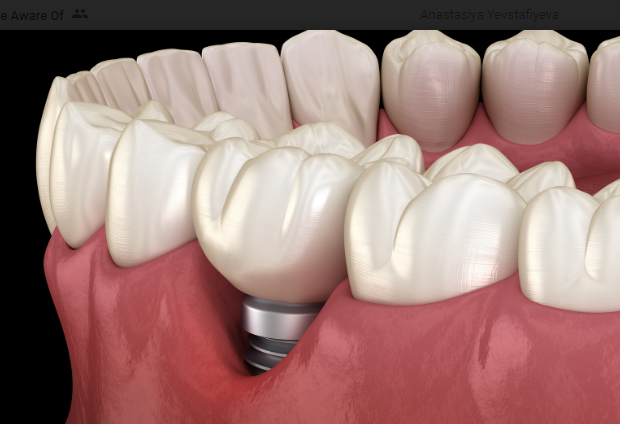Amelia Grant
5 Myths About Dental Implants That You Need To Know

When you think of dental implants, you probably imagine someone with perfectly straight teeth and a perfectly aligned smile. That’s because the general public has only seen dental implants from the outside. What they don’t know is that there’s so much more to these small metal rods than meets the eye.
There are so many myths about dental implants that it can be hard to keep track. Even dentists aren’t always aware of them, which is why many people believe them without question. However, once you hear all the facts, you might just have your mind changed about these hidden gems of modern dentistry. Let’s take a look at some common misconceptions about dental implants so you can see the truth for yourself.
1. Dental implants are unsafe
Dental implants are safe for the same reasons that other surgical procedures are considered safe. The risk of a dental implant procedure is very low because there’s no danger of infection during the surgery.
Your doctor will handle the implant with sterile techniques so there’s no risk of getting any germs from the implant. The only risk with a dental implant treatment is failure. If the implant doesn’t successfully attach to the bone, it will either come out or be replaced with a metal bridge.
2. Dental implants aren’t effective for esthetic improvements
Dental implants are a great option for restoring teeth and are becoming more popular as a cosmetic option, too. Not only can dental implants help to improve the aesthetic aspects of your smile, but they can also be used to improve chewing ability and speech. Many people who have dental implants will tell you that their speech has improved significantly after receiving these implants. These implants can be used to strengthen the jawbone and help to realign the teeth, which can improve the esthetics of the smile.
3. Dental implants require bone grafting
If you’ve ever heard that dental implants require bone grafting, you’ve heard it wrong. There’s no such thing as bone grafting during any dental implant treatment. Bone grafting is a process that involves removing healthy bone from another part of the body and transplanting it into the area needing treatment. With dental implants, the bone is already there.
Bone grafting is only necessary when a person needs to have a plate or screw placed into the jawbone to support the implant. Although a bone graft will be used in this scenario, it’s only to stabilize the dental implant after surgery.
4. By the time you need dental implants, it’s too late
It’s true that dental implants are most effective after the roots of the teeth are fully formed. This means that most implants will be much more successful if they’re started after about 20 years of age. However, it’s still possible to get dental implants done as soon as possible. In fact, the sooner you start the treatment, the more options you have when it comes to which type of implant fits best.
5. Dental implants aren’t a permanent solution
While dental implants are perfect for supporting teeth, they’re not a one-and-done type of solution. In fact, dental implants can be used for multiple treatments. The most common scenario for implants is to use them to replace one or more teeth. However, dental implants can also be used for bridgework, implant-supported bridges, and as a single implant to support a prosthetic device.
Implants can be used for as long as the person who needs them is healthy enough to have them. If you’re missing teeth and able to eat and drink normally, dental implants can be a permanent solution. If you’re not, you can replace a cracked tooth or two with temporary dental implant treatment.

The bottom line
Dental implants are a great option for replacing teeth, but they're not only for that purpose. They can also be used for bridgework, implant-supported bridges, and as a single implant to support a prosthetic device. Implants are safe and durable, but they can be removed if necessary. Implants can be used for as long as the patient is healthy enough to have them.

